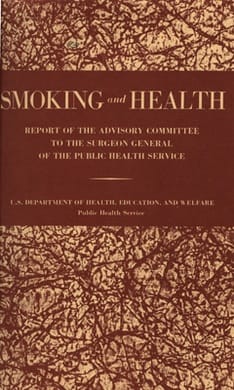A significant development in the fight against avian influenza has recently emerged in the United States. A second strain of the virus, known as B3.13, has been detected in dairy cattle, marking the first instance of this strain infiltrating bovine herds. The discovery has prompted heightened surveillance efforts and sparked debates around the virus’s potential evolution and its ramifications. With the virus having already impacted wild and domesticated avian populations extensively, this new spillover case increases concerns about its adaptability.
The U.S. Department of Agriculture (USDA) made the announcement following extensive analysis of samples collected from dairy cows earlier this year. This revelation comes shortly after public health authorities were already dealing with reports of the earlier bird flu variant, H5N1, infecting birds. Subsequent investigations revealed the new strain in more than 950 dairy herds across 16 states, including Nevada, where the initial detections were linked.
The strain, while genetically distinct from other common types of avian influenza, shares many characteristics that make its spread a matter of concern. Experts believe that the virus likely jumped species due to proximity or potentially through contaminated feed and water sources shared by wild birds and livestock.
According to the USDA’s Animal and Plant Health Inspection Service, the virus was first identified in domestic birds in late 2023. By January 2025, it had managed to find its way into bovine systems. Preliminary studies show that while the disease is primarily respiratory in cows, its broader implications on milk production and quality are yet to be fully understood. Research is underway to identify which factors allowed the virus to breach these interspecies barriers.
The implications of this new strain’s emergence are significant. Key researchers at the Centers for Disease Control and Prevention (CDC) are working alongside agricultural and epidemiological experts to assess the human health implications of B3.13. While this particular strain has not been proven to pose direct human threats, its emergence increases the likelihood of virus mutations that could adapt to new hosts. Public health officials have advised dairy farm workers, who are typically in close physical contact with livestock, to take precautionary steps, including wearing protective clothing and promptly reporting any illness symptoms.
Beyond public health, the economic implications are far-reaching. In recent years, avian flu outbreaks have already cost poultry industries billions of dollars in destroyed livestock and production losses. Now, with the involvement of dairy cows, the dairy industry could also face price volatility, a potential drop in consumer confidence, and significant financial repercussions.
Experts have also raised questions about the measures required to curtail the spread of such viruses. Strategies such as improved biosecurity on farms, vaccination of livestock, and limiting contact between wild and domestic animals could help mitigate risks. However, experts agree that these measures must be implemented comprehensively and in collaboration with global health organizations.
Further complicating matters, wildlife conservationists are monitoring the broader environmental impact of zoonotic virus transmission. Spillovers, such as the one between wild birds and cattle, often result in disruptions to ecosystems and food chains. As such, many believe that a more integrated approach is necessary—one combining public health initiatives with ecological safeguards.
Scientists emphasize that additional research is needed to determine whether the existing diagnostic tools and vaccines can effectively counter this strain. Initial tests show that the virus affects different species in varied ways, suggesting that developing a universal solution may be challenging. However, efforts are already underway to study its evolutionary patterns and interactions with different animal hosts.
Moving forward, it is critical for federal and state governments, researchers, and the affected industries to collaborate on finding a sustainable solution. If unchecked, the virus’s spillover could set a precedent for other zoonotic diseases to evolve under similar circumstances. This highlights the importance of monitoring not only current outbreaks but also emerging trends.
The bird flu’s invasion into dairy operations amplifies the need for rapid, coordinated action between veterinary health services, disease control entities, and public health officials. While detailed investigations are still at an early stage, stakeholders are optimistic that heightened attention and swift action can minimize the virus’s impact.
The entire agricultural and public health communities are now focused on balancing immediate response efforts with long-term preventative measures, as the United States grapples with this troubling new chapter in the story of avian influenza.



